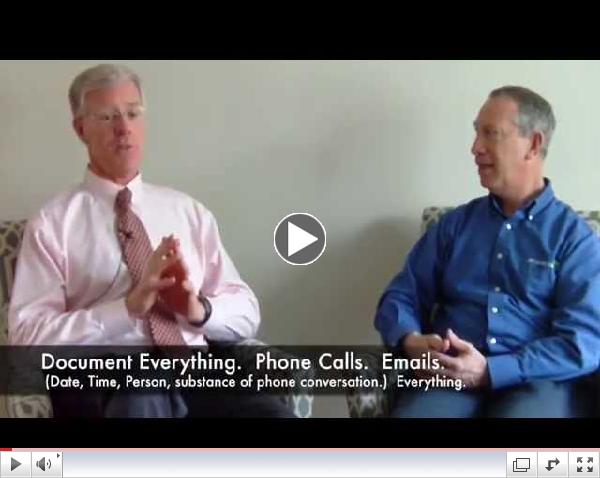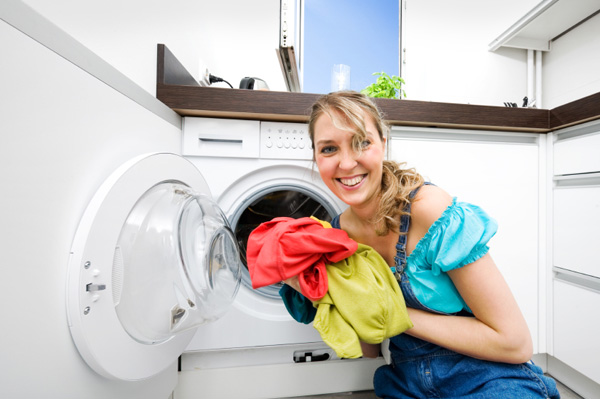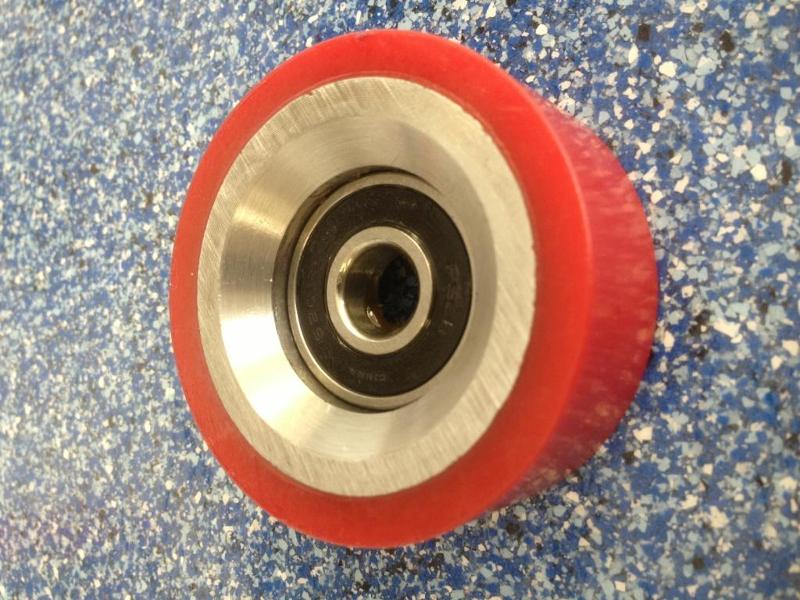Insurance - What to do when a Loss Occurs
What should you do when you have an insurance loss?
- Immediately make the store safe. Make sure that the store is safe from further damage and that it does not pose a danger to anyone else in the store or adjacent areas. For example if you have a major fire which created damage to the wiring or gas lines; you need to contact your utility company to make the utilities safe. If a slip & fall happens, block off the area so no one else has the same problem.
- Photograph everything. Now days with cameras in our cell phones you can easily shoot pictures documenting the loss and immediately email them to your insurance agent and your insurance company. Many smart phones have a video camera too. If so, walk through the store showing the damage while filming. Do an initial over-view of the store and then systematically start on one side of the store and walk through the entire area that has damage. Cameras are great in recording flood damage in a building because this will show the water before it recedes. There is nothing like a picture showing floating garbage cans and water covering ½ of your photocopy machine to document a claim.
- Remove all of the damaged items. Before you can start to do any clean-up, remove anything that is damaged. Clean-up is usually the dirtiest part of any loss. This is where cheap, inexpensive labor is invaluable. With the flood in our office we had a crew removing filing cabinets filled with papers, damaged computers, printers, water damaged parts, cubicle walls, and other damaged office stuff. Everything went outside and on to wooden pallets. We used pallets so we could move the stuff around, kept it off the driveway so it could dry out and it also separated the damaged materials into smaller more manageable pieces. Everything that is damaged has to be removed from the space. The quicker the better.
- If water damage; Dry out the building. Water damage is insidious. Water gets into everything and in a damp environment; mold will flourish creating an un-healthy condition and a much bigger claim. Get rid of the water and excess moisture as quickly as possible. When our offices were flooded, as soon as the water receded, we shop vacuumed the entire rug (several times). We had people vacuuming for hours to remove as much water as possible. Then we turned on the fans to blow as much air as possible over the carpets. We purchased the commercial floor drying fans from Home Depot and every few hours we would re-position them around the office. The goal with water is minimize the damage and to get rid of the excess moisture as quickly as possible.
- Document all of the damaged items. This means building an Excel spreadsheet, listing the item description, a model number, and a replacement cost for this item. You may also want to have a separate column for pallet number. List each item with a row in the spreadsheet. Also photograph each pallet so you can clearly see all of the damaged items. This was very important with our flood when it came to documenting all of the damaged parts from our parts room. We had 6-8 pallets of damaged parts that all had to be documented. We filled the cost of these parts after we had documented all of the damaged items. This is an on-going process because as you are working in your office (Laundromat) you will find additional losses from damaged tools to spare parts. This is the section that is the last to close and finalize.
- Hopefully by this time your agent and insurance adjuster have shown up and "officially" documented your loss. Also you should have a good idea of your coverage and whether you will be bumping up to the limit of your policy of not. Get the adjusters to agree that you can start the rebuilding process and get your contractors in there ASAP. Every day that you are out of business, your loyal customers have to find someplace else to wash their clothes. We do not want them to get too use to going to your competition. Hopefully you have good relations with a plumber, electrician and a carpenter. These are your main "go to guys" and are the team that will get you back & running as quickly as possible. If you do not have a team of contractors available then you will have to resort to calling several contractors, getting quotes and choosing who you think will perform the best job, in the shortest amount of time, with the most reasonable cost. Cultivate your contractor team and keep them close, because you never know when you will need them.
- Order your replacement equipment. Call your local distributor and start to get the process going on ordering the replacement equipment for your store. Depending upon the make, model and features of your machines there can be up to a 3 to 8 week lead time. Some specialized equipment can take up to 6 months to build to your specifications. Usually most Laundry equipment is in the 3-6 week lead time. Make sure that your adjuster is on board with the ordering of the equipment. Ask your adjuster about the payment schedule for paying your contractors. If you feel that they are stonewalling you, then you have some decisions to make.
- Options. You can order the equipment and start the process to secure a loan for the equipment. If you are a Laundromat owner with over a couple of years of experience and have a good credit score; you should be able to get a loan to bridge between ordering the machines and having your insurance company pay for the claim. Most equipment loans have no application fee, so if you don't borrow the money, there is no damage done. Several companies have "No Pre-Payment Penalty" built in to their loans, so you can make a loan payment or two but get your store up and running weeks earlier. Faster is better.
- Public Adjuster. If you are being stonewalled with your claim, then you may want to consider a public insurance adjuster. A public adjuster is expensive and will take 10-15% of the settlement right off the top, leaving you having to pay for them with your claim. Obviously 85-90% of "something" is better than a 100% of "nothing", but just talk around and make sure that you're not making a deal with the devil. Your insurance agent has a legal responsibility to support you and your claim. Don't do anything without at least talking to your agent and getting their view of the problems. You may find that you have a free advocate and not even realize it.
- Your goal is to get open as quickly as possible. Say this to yourself every morning when you get up. This should be your mantra. The faster the store re-opens the faster you get your customers back; the faster you are back in business.
- Business Interruption Coverage. After you start the re-building process now you can start to tackle the Business Interruption coverage. The insurance company is going to ask you for copies of deposit receipts or income tax statements to try to determine the revenue loss during the period that you are not operating. If you under represent the revenue of the store, you will have to settle for a less amount. If you have several stores, this is where you may be able to negotiate with the adjuster on what the store was actually generating which revenue. Be sure to contact your accountant to help you put together figures to maximize your business interruption compensation. This is an area where your accountant may be able to earn their professional fees.
This has been a punch-list from experience and life lessons. Any loss is heart breaking, the goal is to muscle through the pain and rebuild your store as quickly as possible.
|
HK Video
 | | What to do when a Loss occurs in a Laundromat |
|
Fun Stuff ...
 something seems wrong here...
|
Industry News
 HK Laundry Equipment was honored as the Huebsch "Distributor of the Year"
|
|
HK Parts Specials:
Overlay for Huebsch Stack Dryers
List Price $ 37.19
HK Special Pricing $ 17.99

Rollers for Huebsch / Speed Queen Dryers
List Price $ 31.51
HK Special Pricing $ 16.98
Call Anthony at 1-800-229-4572 or
email anthony@hklaundry.com
to take advantage of these
Weekly Parts Specials.
 |